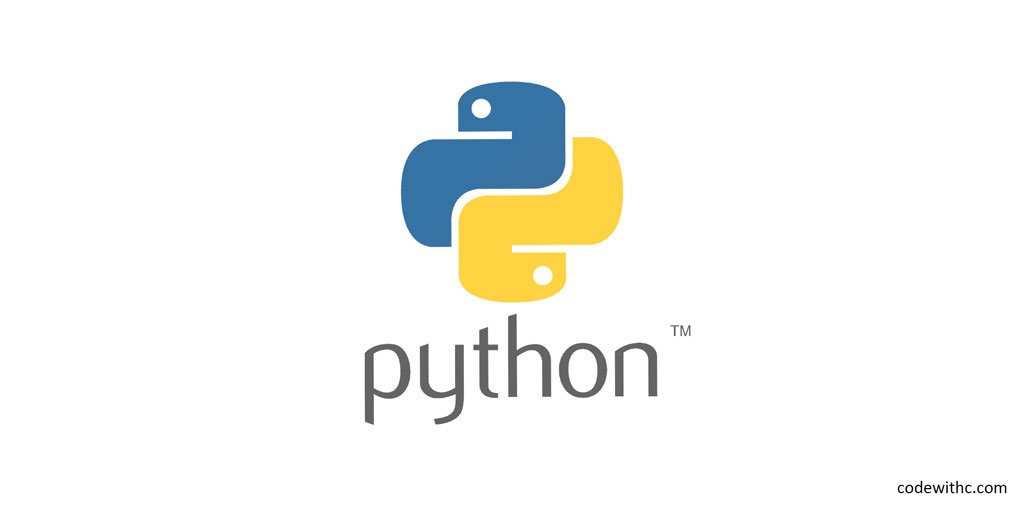Python and the Art of String Manipulation ?
Ah, the world of Python! ? It’s like an all-you-can-eat buffet for programmers. From data science to web dev, it’s got a lil’ something for everyone. But today, let’s talk about something that seems basic but is crazy powerful—string manipulation. We’re not just talking about concatenating a first name and a last name here; we’re diving deep into crafting custom string manipulations that will make your code not just functional but also efficient and elegant.
Why Custom String Manipulations? ?♀️
You might be thinking, “Aren’t Python’s built-in string methods enough?” Well, yes and no. While Python offers a plethora of built-in methods, sometimes you need to go that extra mile. Maybe you’re working on a project where every millisecond of execution time counts, or perhaps you’re trying to solve a very specific problem that the built-in methods can’t quite nail. That’s when you roll up your sleeves and craft your own custom string manipulations.
The Basics: Python’s Built-In String Methods ?️
Before we jump into the custom stuff, let’s quickly recap Python’s built-in string methods. You’ve got your .upper(), .lower(), .replace(), and so on. These are the bread and butter of string manipulation, but they can only take you so far.
Crafting Custom String Functions ?♂️
1. Custom Case Conversion
Let’s say you wanna convert a string to “snake_case” or “CamelCase” in a way that’s not directly supported by Python’s built-in methods. How would you do it?
def to_snake_case(s):
return ''.join(['_' + i.lower() if i.isupper() else i for i in s])
def to_camel_case(s):
return ''.join([i.capitalize() for i in s.split('_')])
print(to_snake_case("HelloWorld")) # Output: hello_world
print(to_camel_case("hello_world")) # Output: HelloWorld
2. Dynamic String Padding
Imagine you need to pad zeros at the beginning of a number until it becomes a 5-digit string. But what if tomorrow the requirement changes to 6-digits? Custom function to the rescue!
def dynamic_padding(num, length):
return str(num).zfill(length)
print(dynamic_padding(123, 5)) # Output: 00123
The Creative Uses ?
Leverage in Data Cleaning
Custom string manipulation can be a lifesaver in data cleaning. Imagine removing extra spaces, special characters, or even transforming data into a more usable format.
Text Generation
In NLP projects, your custom string functions can be the building blocks for more complex text generation algorithms.
In Closing: String Manipulation is Your Canvas ?
Mastering string manipulation in Python is like learning the brush strokes in painting. The better you get at it, the more nuanced and detailed your “artwork” becomes. Custom string manipulation isn’t just a flashy skill to show off; it’s a necessity when you’re aiming for code that’s not just functional but also efficient and elegant. So go ahead, paint your masterpiece with strings! ?
Python’s flexibility and expressive syntax make string manipulations a breeze. By understanding the language’s capabilities and thinking creatively, we can craft unique and useful functions that add flair to our applications.
